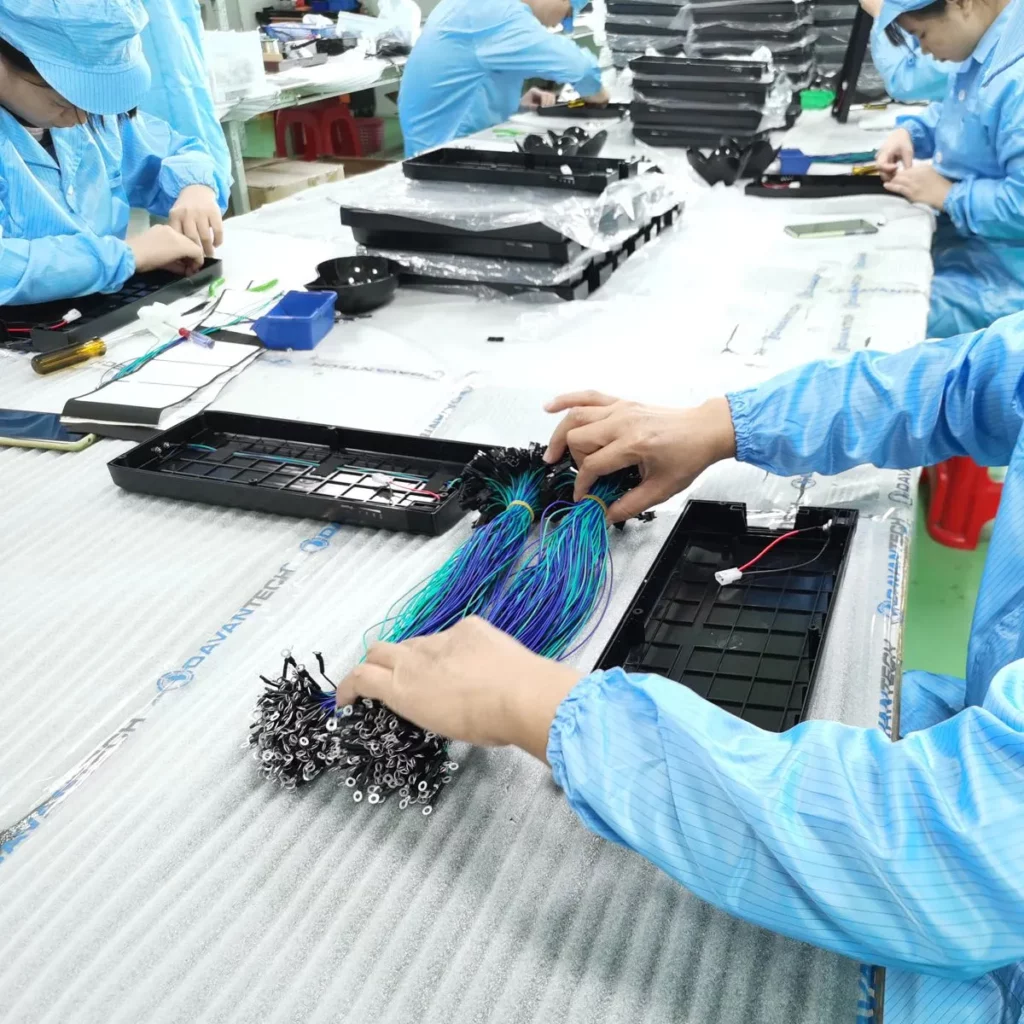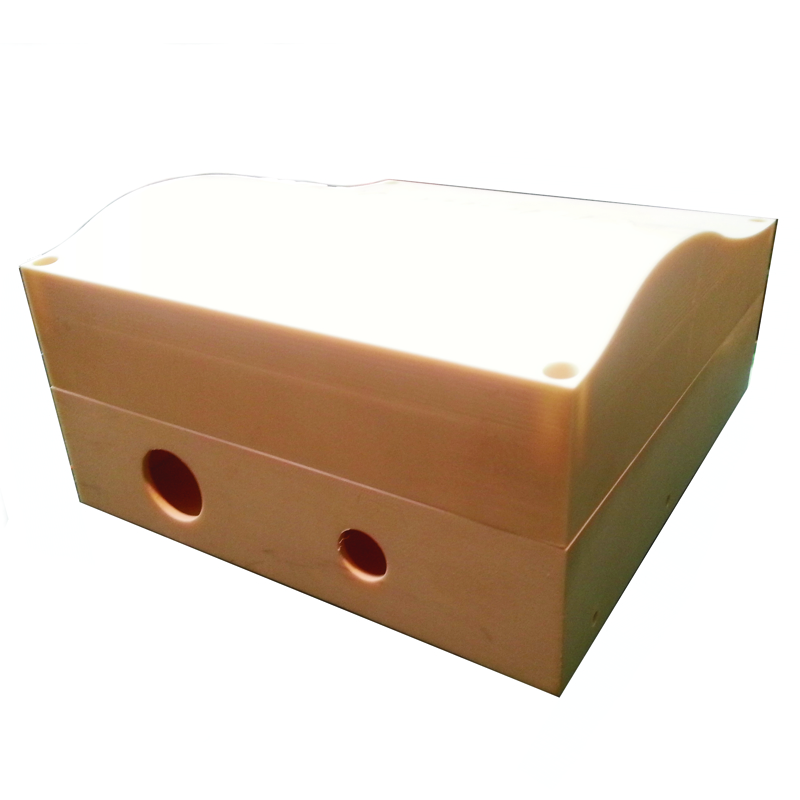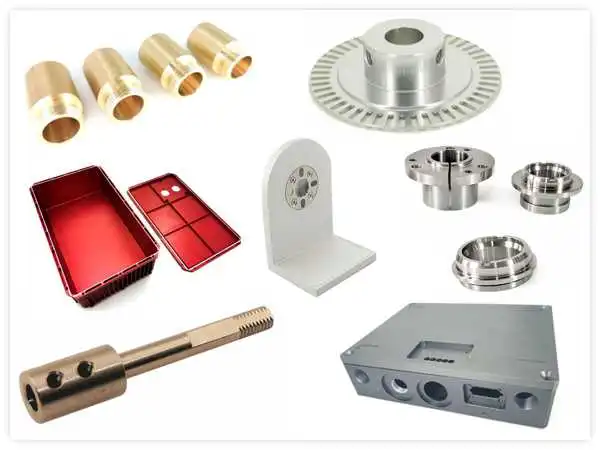Introduction: Navigating Manufacturing Strategies
Manufacturing plays a pivotal role in various industries, and two distinct approaches have emerged: Original Equipment Manufacturing (OEM) and Original Design Manufacturing (ODM). Both have unique characteristics that cater to different business needs and goals.
OEM Manufacturing Unveiled
OEM manufacturing involves producing products according to the specifications provided by another company. The OEM manufacturer produces components or entire products based on these specifications, allowing the client company to market and sell the products under their own brand.
ODM Manufacturing Explored
In contrast, ODM manufacturing encompasses not only the production but also the design and development of products. The ODM manufacturer takes an active role in creating the product, often offering a comprehensive solution that the client company can market under its brand.
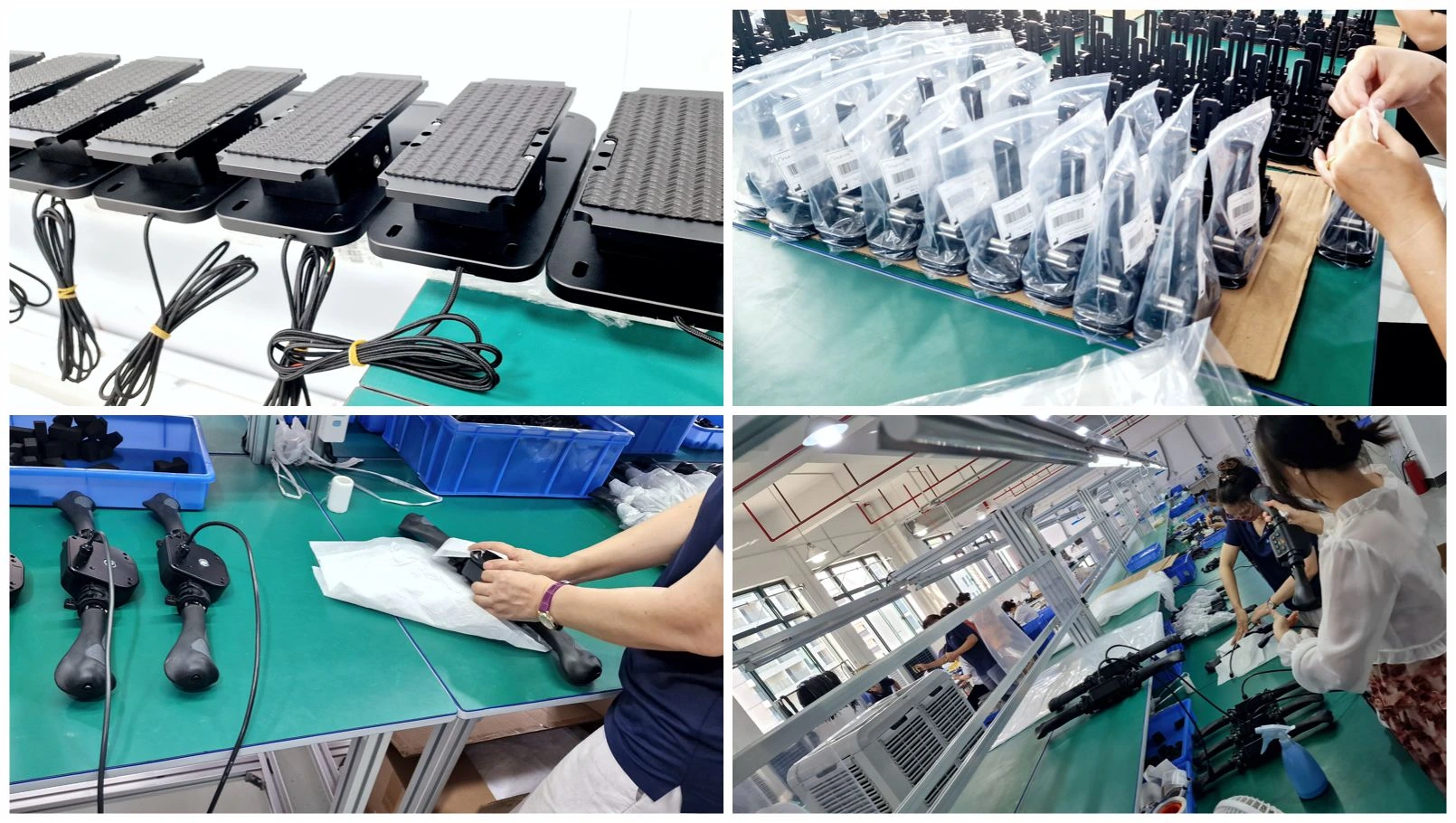
Scope of Responsibilities
OEM primarily focuses on production, while design and development are managed externally by the client company. ODM integrates design, development, and production within the manufacturing process itself.
Purpose and Utility
OEM is suitable when a company seeks manufacturing expertise without investing in production facilities. ODM is apt for companies lacking design resources, as the manufacturer handles both production and design.
Control and Branding
OEM provides more branding and marketing control to the client company. ODM may limit branding control as the manufacturer influences the design and development aspects.
Intellectual Property Considerations
OEM arrangements can lead to intellectual property concerns, as the manufacturer gains insights into the client’s design. ODM agreements often include more stringent intellectual property protections due to the manufacturer’s role in product design.
Cost Transparency
OEM clients generally have clearer insights into production costs since they supply specifications and materials. ODM clients might have less visibility into costs due to the manufacturer’s multifaceted involvement.
Product Differentiation
OEM manufacturing might result in less product differentiation, as multiple companies could source similar products from the same OEM manufacturer. ODM manufacturing can yield unique and innovative products that stand out in the market.
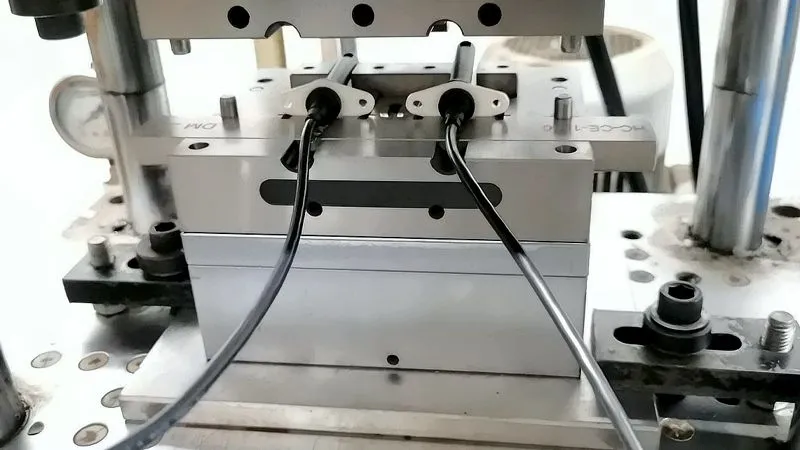
Industry Applicability
OEM is prevalent in standardized industries like electronics and automotive parts. ODM is common in innovation-driven sectors, such as consumer electronics.
Market Research and Segmentation
OEM clients typically handle market research and identifying consumer needs. ODM manufacturers often participate in market research to tailor products to specific segments.
Lead Time Dynamics
OEM production often yields shorter lead times since it only involves manufacturing. ODM processes can have longer lead times due to the additional design and development phases.
Advantages and Disadvantages
OEM allows companies to focus on core competencies, while ODM brings innovation and design expertise. Deciding between the two hinges on resources, design capabilities, and long-term goals.
Conclusion: Strategic Choices in Manufacturing
OEM vs. ODM Manufacturing: Understanding the Key Differences: in the realm of manufacturing, choosing between OEM and ODM hinges on a company’s strengths, goals, and resource allocations. OEM emphasizes production, while ODM integrates design and development, ultimately shaping how companies compete and thrive.
